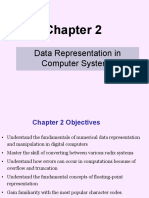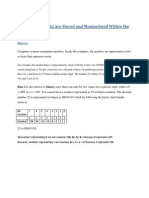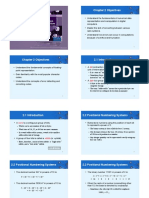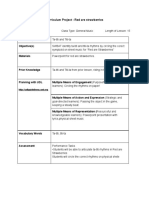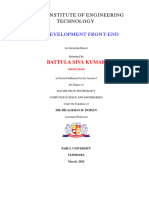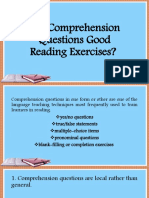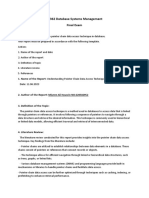0% found this document useful (0 votes)
27 views6 pagesU2 Lesson 2 - Binary Number System
This document covers the binary number system, explaining the differences between decimal and binary systems, and the importance of converting between them for understanding computer data processing. It discusses how binary representation works, including signed numbers and decimal point representation, as well as common computing errors and overflow errors. The document emphasizes the significance of binary literacy in today's digital world and the implications of floating-point representation in programming.
Uploaded by
robert.saundersCopyright
© © All Rights Reserved
We take content rights seriously. If you suspect this is your content, claim it here.
Available Formats
Download as PDF, TXT or read online on Scribd
0% found this document useful (0 votes)
27 views6 pagesU2 Lesson 2 - Binary Number System
This document covers the binary number system, explaining the differences between decimal and binary systems, and the importance of converting between them for understanding computer data processing. It discusses how binary representation works, including signed numbers and decimal point representation, as well as common computing errors and overflow errors. The document emphasizes the significance of binary literacy in today's digital world and the implications of floating-point representation in programming.
Uploaded by
robert.saundersCopyright
© © All Rights Reserved
We take content rights seriously. If you suspect this is your content, claim it here.
Available Formats
Download as PDF, TXT or read online on Scribd
/ 6



